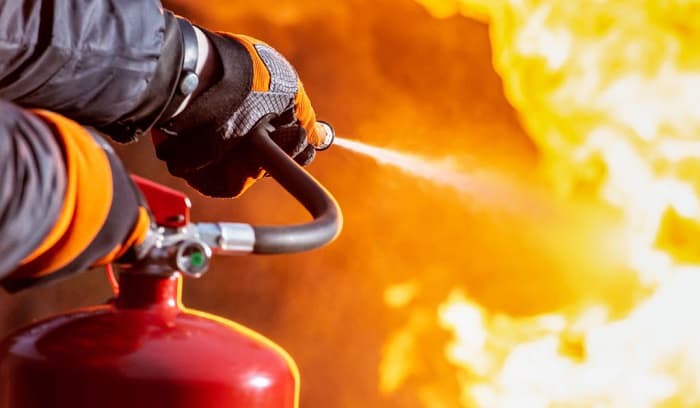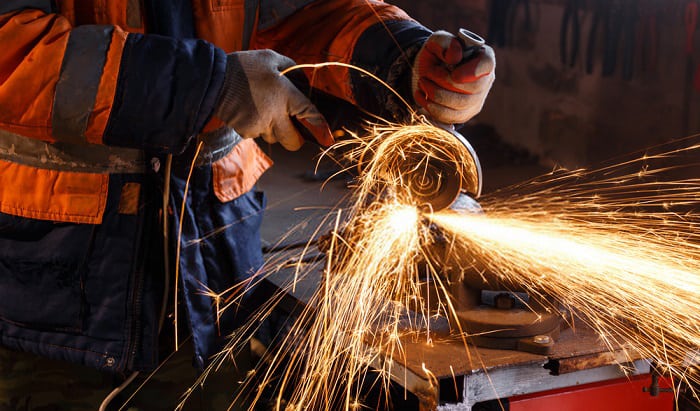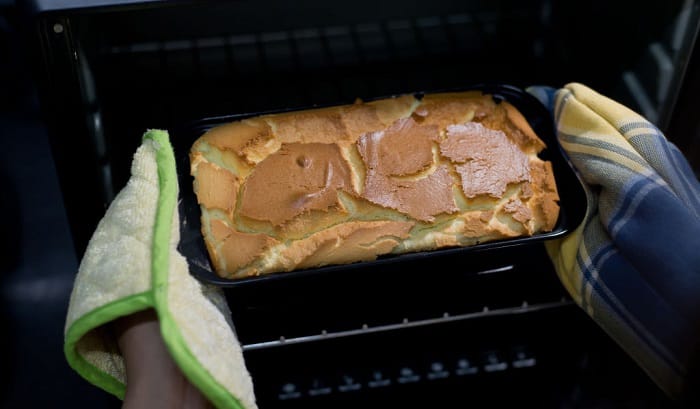Do you know that almost 20% of disabling work accidents involve the hand? Besides sharp tools and heavy-duty machines, heat is one of the most hazardous threats to workers’ safety. Steam, hot liquids, and flames can cause traumatic injuries, such as severe burns and nerve damages, which can be prevented by the right protective gloves.
But what type of gloves protects your hands from heat and flames? Unfortunately, you can’t determine whether a glove can protect you by its material or thickness. Only gloves that have undergone vigorous official tests and are marked as “heat and flame-resistant” can keep your hands safe. Let’s break it down!
Table of Contents
Type of Gloves Protects Your Hands From Heat and Flames
It is a misunderstanding that thick leather gloves can protect your hands against flames. Don’t fall for it. Only gloves that are qualified as “heat and flame-resistant” will keep your hands out of harm’s way when you interact with extreme temperatures.
These gloves are specifically designed to prevent heat-related injuries. Anyone working in hot furnaces, welding houses, mass food production, or other heat-producing procedures can use the help of high-quality fireproof gloves.
Heat-resistant gloves can withstand a temperature of 608°F (320°C) or even higher. Before entering the market, the gloves must undergo tests and satisfy standards published by the authority. There are two heat testing standards for gloves: ASTM F1060 and EN 407.
The former, made by the ASTM (American Society for Testing and Materials), is more common in America. It measures the highest temperature at which you can hold an object with the gloves on for at least four seconds before feeling pain. The test ranges in the following heat levels:
- Level 0: Less than 80°C (176°F)
- Level 1: 80°C (176°F)
- Level 2: 140°C (284°F)
- Level 3: 200°C (392°F)
- Level 4: 260°C (500°F)
- Level 5: 320°C (608°F)
For example, a pair of ASTM 1060 level 4 gloves can help you hold a 260°C object for four seconds or more. Such gloves are usually made from string terrycloth, leather, and canvas. To sum up, the testing results should tell whether a pair of gloves is qualified to be on the shelf and to what degree it can protect the wearer. Manufacturers can add other protective features to heat-resistant gloves like cutproof and oil resistance.
However, the testing is not for flame resistance. If you are dealing with flame-related injuries like arc flashes, fires, explosions, and arc blasts, you need to look for flame-resistant (FR) gloves.
Each type of FR hazard requires a specific testing procedure. For example, NFPA 2112 testing is for flash fire, while electric arc testing is for arc flash hazards.
How to Pick Heat-Resistant Gloves for Your Job
Understanding the testings and heat-resistant levels is the first step to picking the right gloves for your job. If you’re not likely to interact with temperatures over 200°C, it will make no sense to wear bulky Kevlar gloves, which might sacrifice your dexterity.
On the other hand, if you wear gloves that don’t offer enough protection, the consequences might be beyond repair. Depending on the application or industry, certain gloves are better.
Hence, we recommend assessing your responsibilities and activities at the workplace to come up with the most appropriate PPE, as follows:
- Determine the temperature of the object – You should use a thermometer to get an accurate number.
- Determine the handling time – The amount of insulation you need varies if you handle an object for five seconds versus handling it for sixty seconds.
- The level of dexterity required – This will identify the glove materials you should aim for. Generally speaking, neoprene and terry cloth offer more dexterity than cotton canvas and leather.
Once you understand the hazards you’re coping with, you will know the necessary level of protection and make a better decision when buying the gloves you need. Watch this video for comprehensive explanations of each step
Conclusion
We hope this article provided a thorough guide about the gloves that protect your hands from heat and flames. Taking measures to protect your health and well-being is crucial. So, make sure you’ve gathered all the information you might need.
Before you leave, check out other posts on our website for more personal protective equipment assessment answers. Let us know your thoughts in the comments. We’ll also address any of your questions as soon as we can. Thank you for reading!

Veronica is our content editor. She is a talent in delivery. Her main work is editing and writing articles that are both informative and simple to follow. She is in charge of synthesizing our understanding of what personal protection equipment (PPE) is needed in each job, how to best apply it, and how to visualize that equipment.




